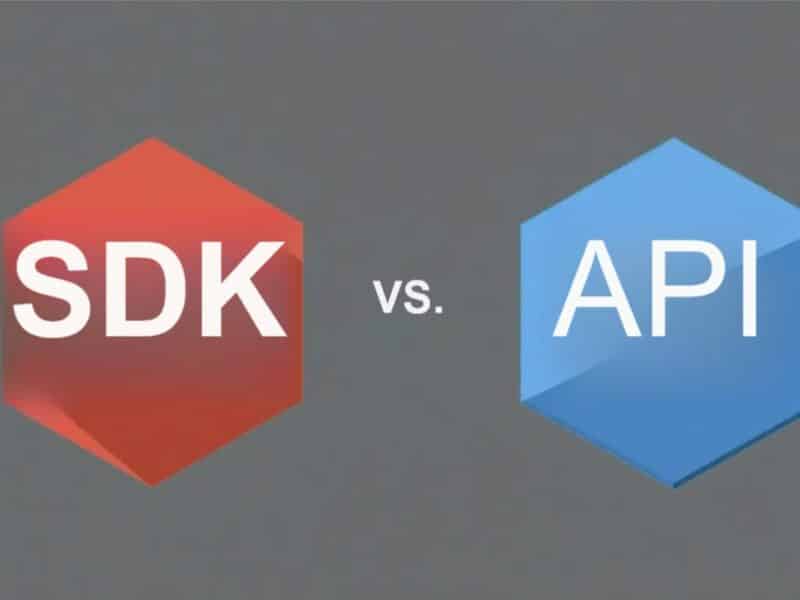Long tail (LT) keywords are extremely important when it comes to search engine optimization (SEO) because they are very targeted. Most people think that if they are looking for something on Google, they will only type one word into the search box.
Well, it’s much more complicated than that – there are many different ways to phrase a question or statement in order to get the most accurate information possible. In this article, we’ll talk about what a long-tail keyword is and how it can help your website.
What are Long-Tail Keywords?
First of all, a long-tail keyword is a phrase that includes at least three words, which can include a variety of different phrases. It’s specific to the topic being searched and typically does not have an exact match in a specific search engine but gets more search results when people use phrases related to it. Sometimes this result in having less traffic than if you were to target head keywords (one word), but often times can bring you significantly more targeted traffic because they are often used by very few people.
An example of a long-tail keyword would be “used cars in Columbus Ohio.” This is not an exact match because it has more words, but it’s still pretty specific to what you are looking for – not only that, but it will provide you with way less search results than the one word of “cars” which may get you over five million results. This may seem like a red flag to you because every website wants as much traffic as possible, however, it’s not necessarily a bad thing since long-tail keywords will likely bring you quality.
With generic keywords, people may land on your website and immediately close it because it is not what they were looking for. This is what we call a bounce rate. The fewer people that click off your website immediately after opening the first page, the better. This will reduce your bounce rate.
As a matter of fact, longtail keywords are so efficient when it comes to targeting your desired audience that keywords with 5 words have a significantly higher click-through rate than keywords with 3 and 4 words, as reported by CWS. This is because people are more likely to be interested in what you have posted if you target a more specific keyword.
How to Find Long-Tail Keywords
To find LT keywords, it’s best to brainstorm different phrases that people may use when searching for information related to your website. Use these phrases with words or short sentences in order to be specific about the content you provide. Once you have found some keywords you think are relevant, plug them in using Google AdWords Keyword Tool and make sure there is enough search volume by putting in your location.
If there isn’t enough search volume, try putting in your specific country or even a city so you can figure out if it’s worth your time.
Some great keyword tools that you can use to find the best long-tail keywords include Google AdWords Keyword Tool, Google Trends, and WordTracker.
Are Long-Tail Keywords Easier to Rank For?
Long-tail keywords are easier to rank for because they are more specific. The search engines know this, so the higher you rank in the SERPs (Search Engine Results Page) for a long-tail keyword, the less competition there is. This means that if you have a smaller market, then it’s actually an advantage!
The key to ranking well with long-tail keywords is to optimize your content and website properly by including these types of phrases in all appropriate places. And don’t forget about influencers (we offer influencer marketing services too)! They can help too when it comes to getting more backlinks and traffic from their sites.
How to Gain Traffic Using Long-Tail Keywords
When it comes to finding traffic using your long-tail keywords, there are certain tips and tricks to see the best results possible. Here are some tips to gain traffic using long-tail keywords.
1. Use Related Keywords
When using your keywords in the text of the article, you should use related keywords to get more traffic. If you are writing about long-tail keywords, for example, then it makes sense that if someone is searching for long tail keywords (how did we think of that example?!), they might be interested in learning how to implement them into their website or blog. Try to figure out what type of user would likely search for that keyword and write with them in mind. You can also try doing Google searches to find similar ideas and see what other people have been writing about on that topic.
2. Optimize Your Page Title Tags
In addition to using related keywords throughout your content, you should optimize your page title tags with relevant keywords as well. This is the text that will show up when people search for your site and it’s very important to use words that would obviously connect you with what they’re looking for. Your title tag should include the keywords, but also be short and catchy so that people want to click on it.
While optimizing your page title is important, optimizing every aspect of your page for long-tail keywords is as important. This is due to the fact that long-tail keywords make up 70% of all browser traffic, according to CWS.
3. Keep an Eye on What Others Are Doing
You should always keep an eye on what other people in your industry are doing when it comes to long-tail keywords. If you notice others using a specific phrase, make sure you incorporate it into your website as well because users may be searching for those types of terms often. You can even consider writing about similar topics or related issues to get more traffic from relevant searches.
4. Use Long-Tail Keywords in Your Content
It also makes sense to make use of long-tail keywords throughout your content as well. If you’re writing an article, for example, and the topic is “how to optimize page tags” then you should try to find different ways to use that phrase within the text itself. This will help people who are searching for those exact words or phrases and they’ll be able to find your site with ease.
By spreading your long-tail keywords out throughout your content, your page has a higher chance of ranking higher in Google SERPs. This is particular vital when it comes to targeting longtail keywords since the first position of Google SERPs will claim 65% of the traffic. This is because the more specific a search term, the more accurate results one will find, according to Moz.
5. Optimize Your Meta Descriptions
Another big part of optimizing your blog posts is making sure you include relevant meta descriptions which will show up when people search for something related to what you’ve written about. These should be short and sweet because it’s only a brief about what the page is about, but you should include the keywords as well so that it’s relevant. This can be a powerful way to bring in traffic from long-tail keywords, so don’t ignore this step!
6. Consider Using Page URL Keywords
One final thing to consider is using specific keywords for your page URLs. If you’re writing about something like “best dog beds,” then your URL would end up being www.domainname.com/best-dog-beds. You can even set up redirects on your server that will rewrite certain words into another word if people type that first one into the URL bar, which can help with optimization as well. The more you use these tips, the more likely it is that people will find you via your long-tail keywords. Not only that, but you’ll see more traffic to your site simply due to the fact that people will find you with ease when they’re searching for something directly related to what you’ve written about!
FAQs
How To Find Long Tail Keywords?
Long tail keywords can be found through searches like Google’s “Searches related to…”, Semrush’s Keyword Magic Tool, or FAQs relevant to your niche. These tools allow you to find phrases that people actually type into search engines.
How should I incorporate long tail keywords in my content?
You can either write an article around a singular long tail keyword or use multiple long tail keywords inside as a bigger article that is optimized for a more general keyword.
How Long is a Long Tail Keyword?
Long tail keywords are typically 3-5 words, but they can be longer depending on the targeted search intent. A more specific search means a longer keyword.
Do Long tail Keywords Affect Search Traffic That Much?
LT keywords have a low individual search volume but make up a significant share of total search queries when viewed as a whole. They are very valuable as they help you target specific audiences and increase the visibility of your website.
Do FAQs Assist with Long tail Keywords?
FAQs can help increase your rankings for long tail keywords by addressing specific questions users may enter into a search engine. This offers better user experience and more visibility in search engines.
Do Long tail Keywords Have a Higher Conversion Rate than Short-Tail Keywords?
Long tail keywords have a substantially higher conversion rate than short-tail keywords, converting 2.5 times better. This is because people searching with long tail keywords are further down the funnel (and are more likely to make a purchase).
How Long tail Keywords Help Local SEO?
LT keywords, particularly ones including location-based searches, assist businesses in ranking in the local search engine results. So, they help them get more exposure and get quality visitors from potential customers searching for services or products from those areas.
Let Outreach Bee Help You with Long-Tail Keywords Today!
With so many benefits to using long-tail keywords, there is no reason to wait! Jump on this huge opportunity by contacting Ana and her expert team at Outreach Bee to set you up with the best long-tail keyword SEO strategy. We look forward to getting to work!





Now i am wondering anybody knows any specific trusted services for crypto signals. Is this signal provider authentic and anyone worked with them ?